


NickJones
gamer level 8
26779 xp
26779 xp
followers
8
8
Use my invite URL to register (this will give me kudos)
https://boardgaming.com/register/?invited_by=nickjones
profile badges




recent achievements

Town Crier
Find your favorite games and share them with your friends via the social sharing buttons.
Find your favorite games and share them with your friends via the social sharing buttons.

Gamer - Level 8
Earn Gamer XP to level up!
Earn Gamer XP to level up!

Lookout
Follow a total of 30 other gamers.
Follow a total of 30 other gamers.

Reporter
Earn Reporter XP to level up by completing Reporter Quests!
Earn Reporter XP to level up by completing Reporter Quests!
Player Stats
Critic (lvl 2)
435 xp
435 xp
Explorer (lvl 5)
3211 xp
3211 xp
Professor (lvl 2)
532 xp
532 xp
Reporter (lvl 4)
1730 xp
1730 xp
About Me
I collect games and am always trying to coerce people into trying something new just so I have the opportunity to clear out some of my backlog. Love anything based on strategy and skill, hate anything based on luck and factors outside of the players' control.



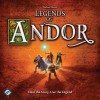
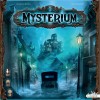
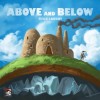

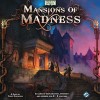

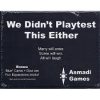











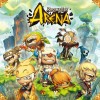





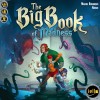
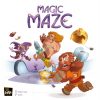









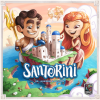
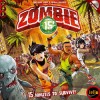




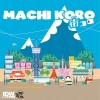












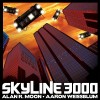

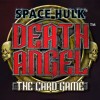

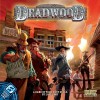





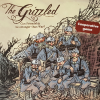
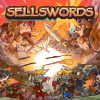
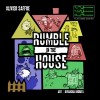

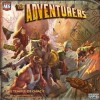
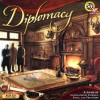
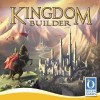


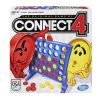


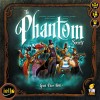







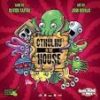

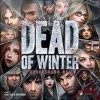
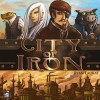












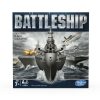

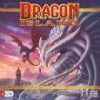
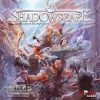


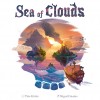



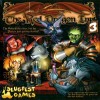









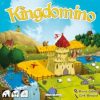


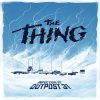

![Go to the Level 7 [escape] page Go to the Level 7 [escape] page](https://boardgaming.com/wp-content/uploads/2012/08/Level-7-escape-100x100.jpg)





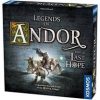
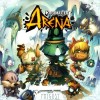

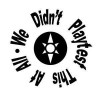


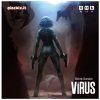


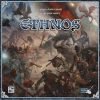
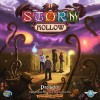
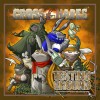

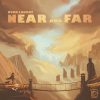





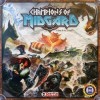


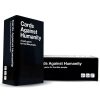










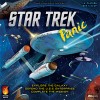


Above and Below
There are a lot of games on the market these days where you’re bandying about ore, rope, whatnot to corner the market in your tabletop economy; however, if I wanted to micromanage a bunch of construction materials I’d go work at Home Depot, not play a board game. Board games are supposed to be fun! I want exciting adventures where I can meet new and interesting people, possibly because I need to kill them to save the world! Thankfully, Above and Below is here to split the difference between going on a grand adventure and trying to collect a bunch of jars.
Much of the game is based around building a village, exploiting the proletariat to generate goods for you, seducing new workers to live in your town only to force them to become indebted to the company store, collecting fruit, and all that. You get points for your stuff and reputation after seven rounds, and whoever has more points is the winner. As with most Eurogames it’s like having a job, only you pay for the experience instead of the other way around.
The far more interesting part of the gameplay is an aspect of exploration and storytelling. Your village is on top of a set of caverns, and you send various villagers into the depths to build outposts. As they do this, a plethora of scenarios are rolled up and read from an encounter book. The inactive player reads out the given story blurbs and the exploring player has to choose the best course of action based on the villagers at hand. You make a choice, you roll the dice, and all sorts of exciting things can then happen! You might eat some spoiled meat from a hobo, or dis a fish woman, or almost get a villager killed by trying to clone them, or aggravate a tree. (Possibly not a representative sample of activities.)
Above and Below feels like throwback to the Fighting Fantasy/Lone Wolf/Endless Quest gamebooks of yesteryear. The storytelling aspect of the game elevates the generic resource-collecting element, and makes every playthrough a unique journey into a delightful fantasy world.
If I have to collect mushrooms, I like that I sometimes have choose whether to punch a scorpion to do it.